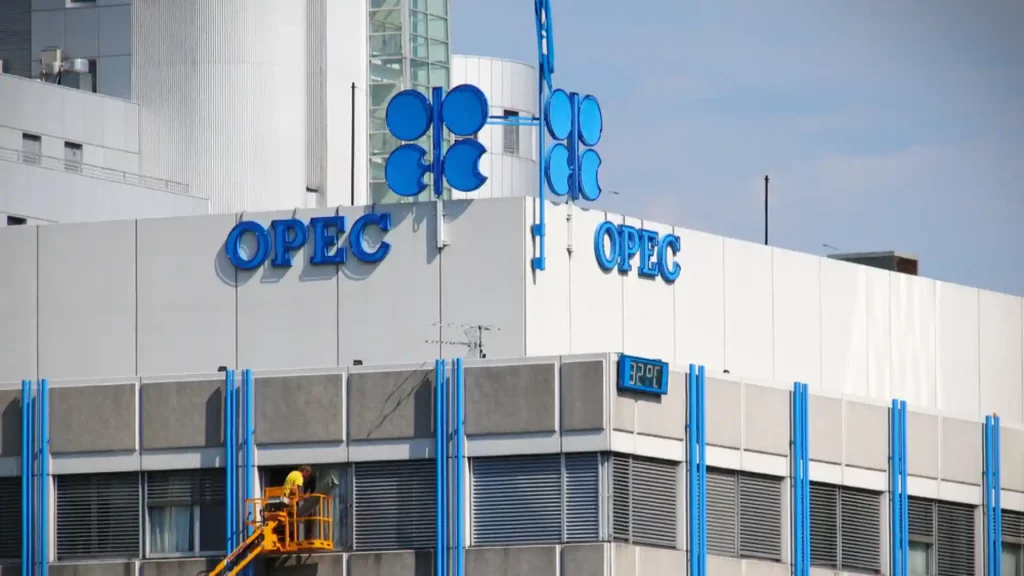Russia has little to no extra advantage by reducing its oil supply like its Arab counterparts
The Organisation of the Petroleum Exporting Countries (OPEC) and its allies, popularly known as the OPEC+, will have their ministers attending a meeting led by Russia this Sunday in Vienna. The oil cartel will meet again on 26 Nov since their last meeting back in June.
The primary aim for them is to decide whether to continue with the current oil supply or implement additional supply cuts. The majority of the largest oil producers are in favour of supply cuts, but Russia is stubborn not to entertain any output cuts.
Russia has little to no extra advantage by reducing its oil supply like its Arab counterparts. It is enjoying strong energy revenues as the oil prices still sustain a higher ground than the predictions. Moscow is also hesitant because these crude revenues are narrowing down its budget deficit due to sanctions and military spending.
Russia, Saudi Arabia, and other members of OPEC+ have previously committed to reducing oil production by 5.16 million barrels per day (mbpd). This is equivalent to 5% of total global daily demand. This oil cut series started in late 2022 and is doubtful whether to be continued or halted.
Vladimir Putin, the Russian President, counters that Moscow has prospered, leaving aside merely surviving, which the West expected after putting a ton of sanctions to be imposed on any major economy. It also manoeuvred through the oil price cap of $60 per barrel set by the West to limit Russia from profiting from oil sales.
As per Russian anticipation, the Kremlin’s economy is expected to grow by around 3% in 2023, after a contraction in the previous year. This forecast is outpacing the forecasted growth of the United States or the Eurozone.
After looking at the inflation in global oil prices and Russia’s extensive use of a shadow tanker fleet, it can be expected that Russian crude exports are trading well above the Western oil cap price.
Alexei Kokin, a Moscow-based independent oil analyst, said that the oil prices tanked from very comfortable levels to just comfortable levels. This prevents Russia from accepting another move and operating with the current output cuts without any change.
Urals, the flagship Russian grade oil, was earmarked at 4,788 roubles ($53.36) per barrel this year. The Urals tanked below the Western oil cap of $60 per barrel due to the increase in freight rates, the result of fresh sanctions from the White House on shipowners and weaker oil prices. Still, it maintained the 5,000 roubles mark and crossed the oil cap price of $60 per barrel on Tuesday itself. Budget projections released in September by the Russian Central Bank view Brent crude prices averaging at $85 per barrel in 2024 and the Urals to be sold at $71.30.
Revenue matters
Russia’s budget deficit for the first 10 months of the year stood at 1.24 trillion roubles ($13.45 billion). This represents 0.5% of its total gross domestic product (GDP). At the beginning of this year, the deficit was expected to be around 2.93 trillion roubles ($33.3 billion), amounting to 2% of the national GDP. These deficits further contracted down in October, thanks to inflation in oil prices, a lower rouble exchange rate, and receiving quarterly tax payments.
The share of energy sales in the budget proceeds has gone down significantly, which once used to be around more than 50%. Last year, the oil sales revenue share was 41.6% of the total budget revenue. But in the first 10 months of this year, the sales covered up only 28.3%, worth 19.73 trillion roubles (220 billion).
